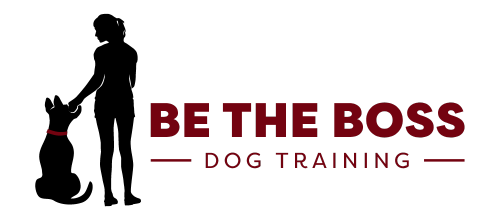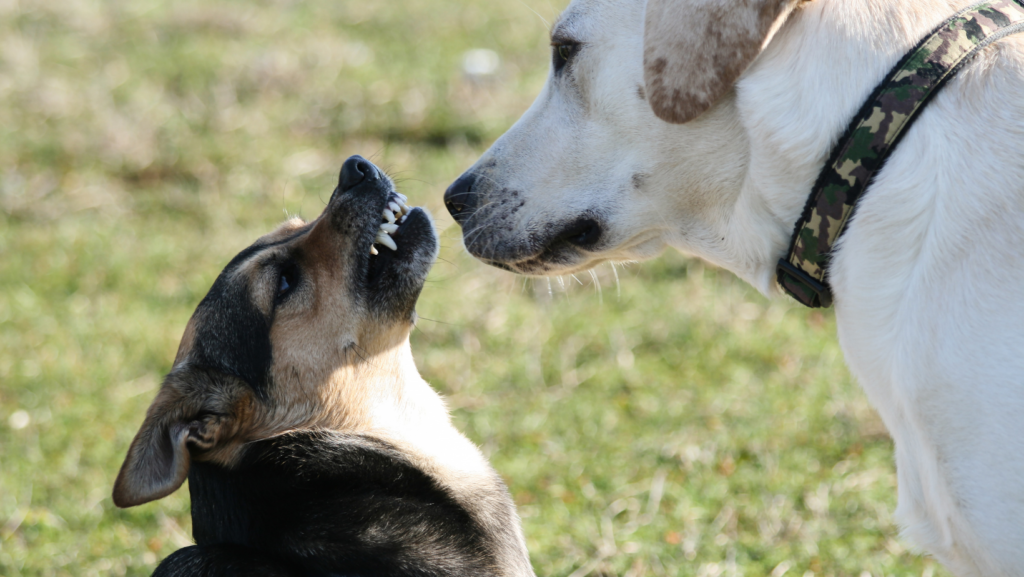When it comes to training our dogs, the battle between reward and correction often feels like one of those polarizing dinner table debates: passionate opinions flying around, everyone convinced they’re right, and often—an uncomfortable silence. But here’s the reality: balanced training, which incorporates both rewards and corrections, is not the villain here. It’s simply one of the most natural, straightforward, and effective dog training techniques. Let’s dive into what balanced training actually entails, why it works, and, yes, a personal story to shake things up a bit.
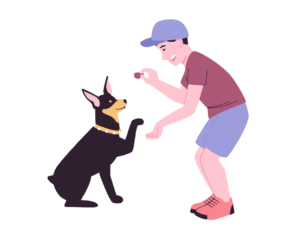
The Basics of Balanced Dog Training
Let’s make one thing clear: balanced training is about providing both positive reinforcement and corrections when necessary. Positive reinforcement dog training techniques rely on rewarding your dog for desirable behaviors—things like treats, praise, or playtime. Positive reinforcement training has become the darling of the dog training world, but let’s not gloss over that balanced training doesn’t mean endlessly handing out cookies to solve every problem.
On the other side of the equation, there’s negative reinforcement and, yes, even punishment. Now, before you clutch your pearls, let’s clarify the terms. Negative reinforcement is not about harsh punishment but removing something your dog dislikes to encourage the right behavior. Picture this: You’re teaching a dog to walk without pulling on the leash. When he starts walking beside you calmly, the tension on the leash loosens—a relief for the dog, reinforcing the correct behavior.
But when talking about “corrections,” we’re not implying anything cruel or harmful. Think of it more as a firm reminder of boundaries—a guiding tap on the shoulder, a redirection, a reset. Balanced training, at its heart, respects the dog’s intelligence while offering clear boundaries.

Positive Reinforcement and Negative Reinforcement: The Definitions You Need
Let’s tackle these definitions so we’re all on the same page:
- Positive Reinforcement: Adding something pleasant (like treats or praise) to increase a behavior.
- Negative Reinforcement: Removing something unpleasant (like leash pressure) to reinforce a correct action.
Balanced dog training methods combine both, acknowledging that a well-behaved dog benefits from knowing both what they should do and shouldn’t do.
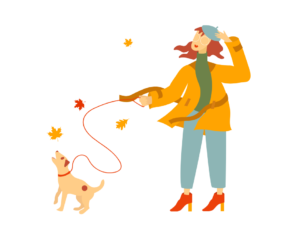
A Personal Story: The Walk That Changed It All
Once, on a particularly windy day, I took my pup, Jasper, for a walk. He was in full “leash tug-of-war” mode, convinced that he was the boss. We tried the “cookie method” where I’d dangle a treat in front of him every time he pulled back. I quickly learned that, for Jasper, treats meant “reward for pulling.” This was a prime example of positive reinforcement gone sideways. Jasper pulled harder, waiting for his next “reward.”
After another failed lap around the block, I decided to incorporate a gentle correction. Each time he pulled, I stopped walking. After a few repetitions, Jasper connected the dots: no tension, no walk. It wasn’t long before he walked beside me willingly—without either of us needing endless treats or tugs. That balanced approach was a game-changer.

Why Balanced Training Is Practical (and Ethical)
Contrary to what you might hear, balanced training is a humane approach to dog training methods. It respects the fact that dogs, much like humans, understand consequences. Dog training techniques rooted in balanced training do not mean flooding your dog with fear or punishment but offering them the guidance they need to behave safely and happily.
Think about it this way: you wouldn’t expect a kid to learn the rules of the road just by getting a candy bar every time they didn’t dash across the street, right? Sometimes, a gentle but firm “no” is necessary. Balanced training provides that guidance through both positive reinforcement and negative reinforcement.

Positive Reinforcement Training Alone Isn’t Always Enough
Now, I’m not saying positive reinforcement training is useless. Far from it! Positive reinforcement can be incredibly effective for teaching foundational skills and encouraging confidence. But there are situations where dogs need a clearer structure—a moment of accountability, if you will.
For instance, imagine a dog who jumps on guests. You could toss treats on the floor every time they sit, sure. But you might also consider a light correction, like withholding attention until they calm down. It’s not harsh; it’s clear. And once they understand that calm behavior earns rewards and rowdiness gets them ignored, they can relax into the rules of the game.
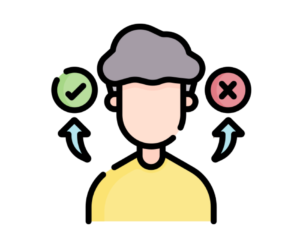
The Takeaway: Balanced Dog Training Techniques Make Sense
Balanced dog training is about setting up a framework that makes sense to your dog—offering praise when they’re right and guiding them back when they veer off course. This approach taps into both the love and respect we have for our dogs. It’s effective, fair, and ultimately, kinder than pretending every behavior can be “treated” into submission.
If you’re on the fence about balanced training, remember this: at the end of the day, it’s about helping your dog understand the world they live in. It’s not about treats or corrections; it’s about creating harmony and a relationship built on mutual respect and clear boundaries.
Balanced training is more than just a technique—it’s a philosophy of guiding our dogs toward their best, most well-adjusted selves.
